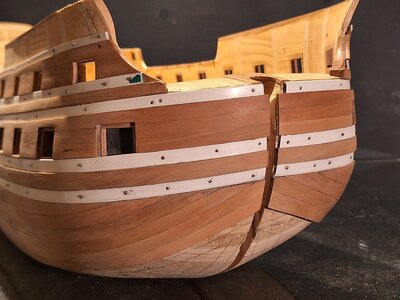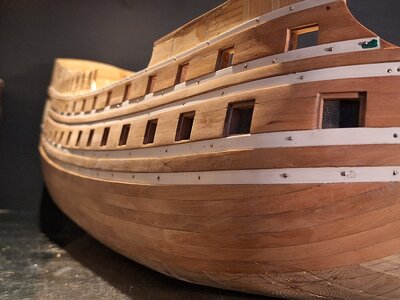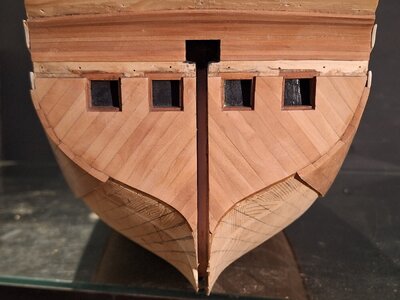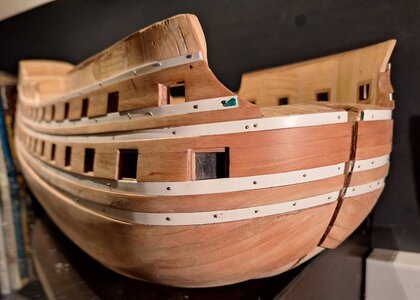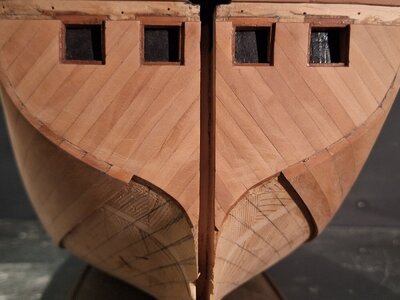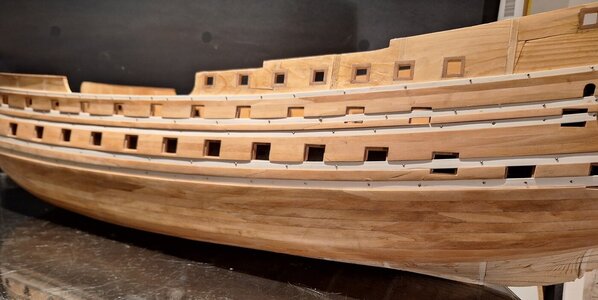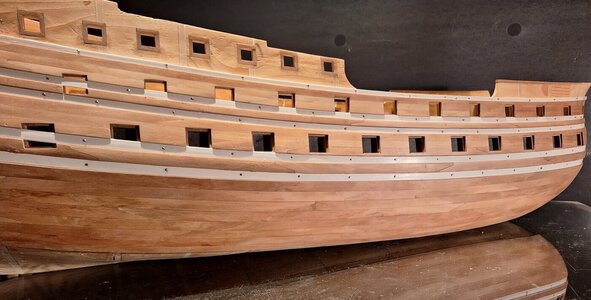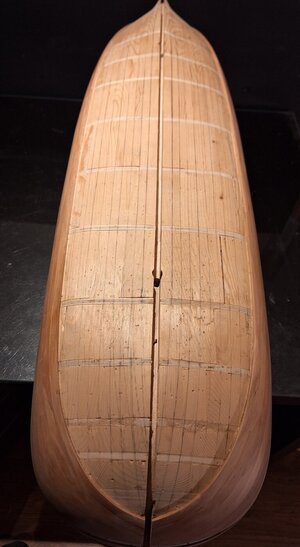When I am doing such (dangerous) cuts, I am trying to position myself (view) the workpiece from the side. The important thing when sawing a curved piece like this is that the part of the workpiece that is in contact with the table is exactly at the tip of the saw teeth.
--
Jøran
--
Jøran





 You must have spent some time equalizing the force on each side so that it applies equal tension and the piece stands straight up. Did this take some time?
You must have spent some time equalizing the force on each side so that it applies equal tension and the piece stands straight up. Did this take some time?

